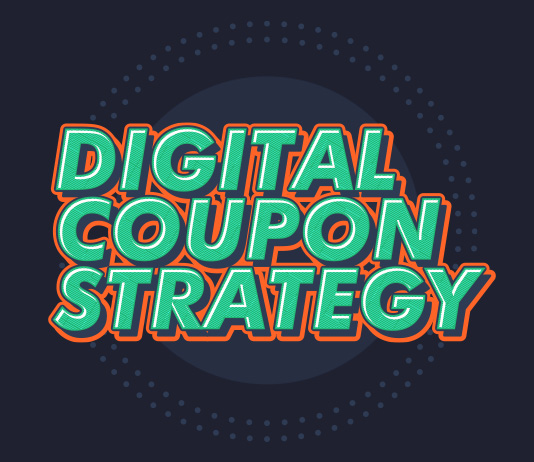Digital coupon usage saw a gigantic surge during the COVID-19 pandemic, which helped more consumers become comfortable with clipping coupons online. Since then, digital coupon engagement remains steady and redemptions spike during the Q4 holiday season each year. How do we know this? AWG Brands partnered with students pursuing masters’ degrees in data analytics at the University of Illinois Gies School of Business. Together, the groups discovered growing trends of consumers’ relationship with digital coupons.
Starting in January 2022, three cohorts of students were provided five years of digital coupon redemption data from AWG and recent transaction data from seven consenting AWG member retailers. The goal was to discover whether digital coupons and discounts are associated with a change in private brands purchasing behavior, in terms of more spending and/or customer retention.
After months of data cleansing and analysis, the findings showed a variety of ways in which digital coupons affect consumers’ behavior and exposed areas that need more analytical focus. Findings from the redemption and transaction analysis concluded:
- Consumers who use digital coupons also have bigger basket sizes, which was reflected in the number of items purchased and the amount spent.
- Consumers who used a coupon on an item were likely to buy that item again even without a coupon.
- November 2020 saw the highest clips to redemption ratio at almost 30% and on average, most coupons are redeemed towards the end of the year.
- Butter, cheese, and seasonings were the top three categories redeemed among all products.
- The most popular times consumers use digital coupons are between 11:00am and5:00pm. Marketing tactics such as emails or app notifications deployed during specific times of the day could be tested to spike coupon redemptions.
The project wrapped up in May 2023 and the students gave positive feedback regarding the partnership. It exposed them to the complexities surrounding the grocery industry and helped them gain real-world experience before entering the workforce. AWG appreciates the new perspectives, insights, and recommendations gained from the partnership, and takes pride in supporting future leaders.
“Working with AWG has been a great learning experience; the project has empowered me to handle big data efficiently and effectively. I feel confident that I have a deeper understanding of consumer behavior.” – Sobia Feroz Daudpota, University of Illinois student
“AWG provided us a great chance analyzing a large and complex dataset and applying our analytics theories in the retail industry.” – Quentin Yang, University of Illinois student
“Working with AWG has been amazing because it really reinforces what I’ve been learning in the classroom. It’s so cool to be able to tackle real-world business problems and apply my knowledge in such a practical way.” – Cindy Yang, University of Illinois student
“We sincerely appreciate AWG for their invaluable partnership, mentorship, and guidance, enabling our students to tackle real-world business challenges and develop vital problem-solving skills. Their commitment to experiential learning is commendable, shaping the business leaders of tomorrow.” – Ashish Khandelwal, University of Illinois professor










